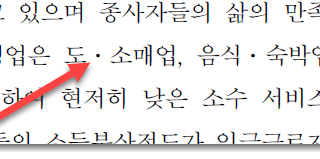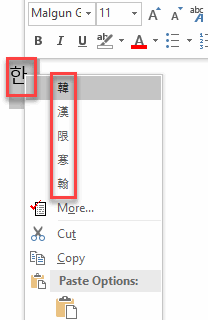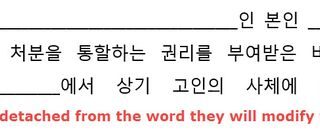Korean Translation Tip: Three Punctuation Marks You Won’t See in Our Translations
This tip is about three Korean punctuation marks you won’t see in our translations. (For past tips on other Korean punctuation, see #3, #14, #19, #33.) 1. Half-brackets: 「 」 (Hexadecimal codes: 300C and 300D)Korean doesn’t have capital letters (see tip #24), and so Korean writers use other techniques to...





